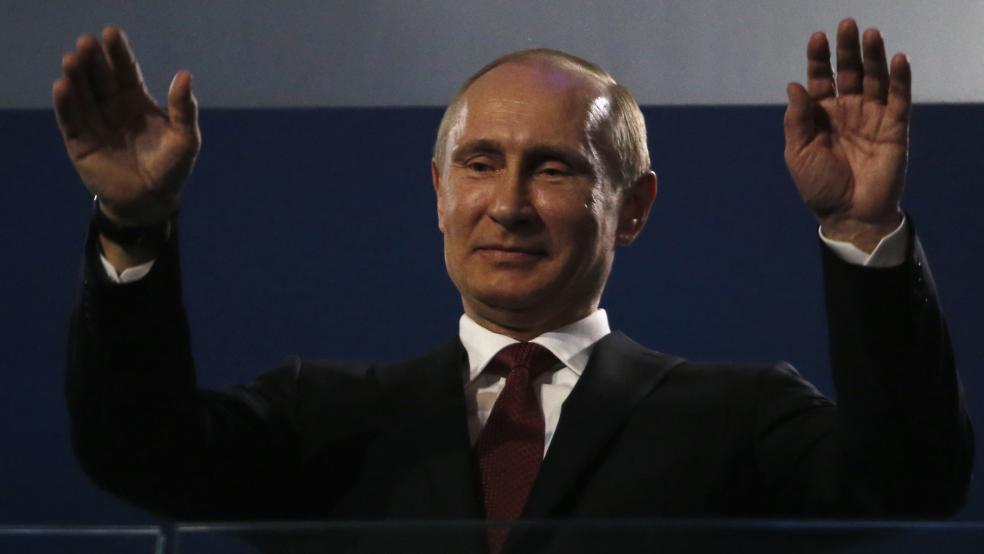If Russian President Vladimir Putin decides to roll his tanks across the border into Ukraine, there’s every reason to think that he won’t step on the brakes once his forces have taken over the southeastern part of the former Soviet Republic. On the Southwestern border of Ukraine lies the small country of Moldova, a portion of which has declared its independence from the Moldovan government and has asked the Russian government to annex it in the way it recently annexed Ukraine’s Crimean peninsula.
The breakaway region of Moldova, Transnistria, is largely Russian speaking. Transnistria is a thin strip of land that lies on the east side of the Dniester River. After the collapse of the Soviet Union, there was resistance to separating from Russia among the residents of Transnistria, resulting in armed conflict in 1992, which was resolved with a ceasefire.
Related: Leaders Mull More Sanctions as Markets Punish Putin
Since then, Transnistria has existed as an “autonomous territorial unit” within Moldova. The region shares no border with Russia, but the Russian government has granted citizenship to many Transnistrians, and there is a contingent of Russian troops present in the country.
Moldova is extremely poor, and has been further damaged by economic sanctions imposed by Russia because, unlike the Transnistrians, its Western-leaning government has explicitly asked to join the European Union. In response, Moscow has restricted trade in Moldova and threatened other penalties.
The economic situation in Transnistria, though, may be even worse. New York Times reporter Nicholas Kristof, who recently visited Transnistria, compared the territory to the bleak landscape associated with the old Soviet Union.
“Transnistria should market itself as an open-air museum of Soviet rule, complete with Lenin statues, Russian troops on the roads and an intelligence agency still called the K.G.B.,” he wrote. “Transnistria’s apartment complexes are dilapidated and identical, and, despite large Russian subsidies, the economy is a mess. But a vast modern sports complex is the pride of the region. The atmosphere was such that I expected to run into the crusty old Soviet leader of the 1970s, Leonid Brezhnev.”
Related: Ukrainian PM – We Can’t Stop Russia Alone
In March, a spokesperson for the parliament of the breakaway republic called for Russian to annex Transnistria. She said the regional authority had "appealed to the Russian Federation leadership to examine the possibility of extending to Trans-Dniester the legislation, currently under discussion in the State Duma, on granting Russian citizenship and admitting new subjects into Russia.” She was referring to legislation passed in Russia, after its troops entered Crimea, designed to make it easier to admit new republics and new people to the Russian state.
Russia’s excuse for invading the Crimean peninsula was that the Ukrainian government was repressing the region’s ethnic Russians. The same argument could be made to support a Russian advance on Moldova.
As Ukrainian forces square off against protesters and separatists aligned with Russia, the question for Moldovans is whether Putin would stop when his forces reached the Dniester, or would continue across the country, extending his western border to Romania.
“If it was possible in this way that Russia annexed Crimea,” Igor Botan, director of the Association for Participatory Democracy in the Moldovan capital of Chisinau told the website Defense One, “why not Donbass, Kherson, Mykolayiv, Odessa, Transdniestria, and so on, and so on?” Botan, who was referring to Moldovan cities and territories, concluded, “The situation is very, very fragile.”
Top Reads from The Fiscal Times





